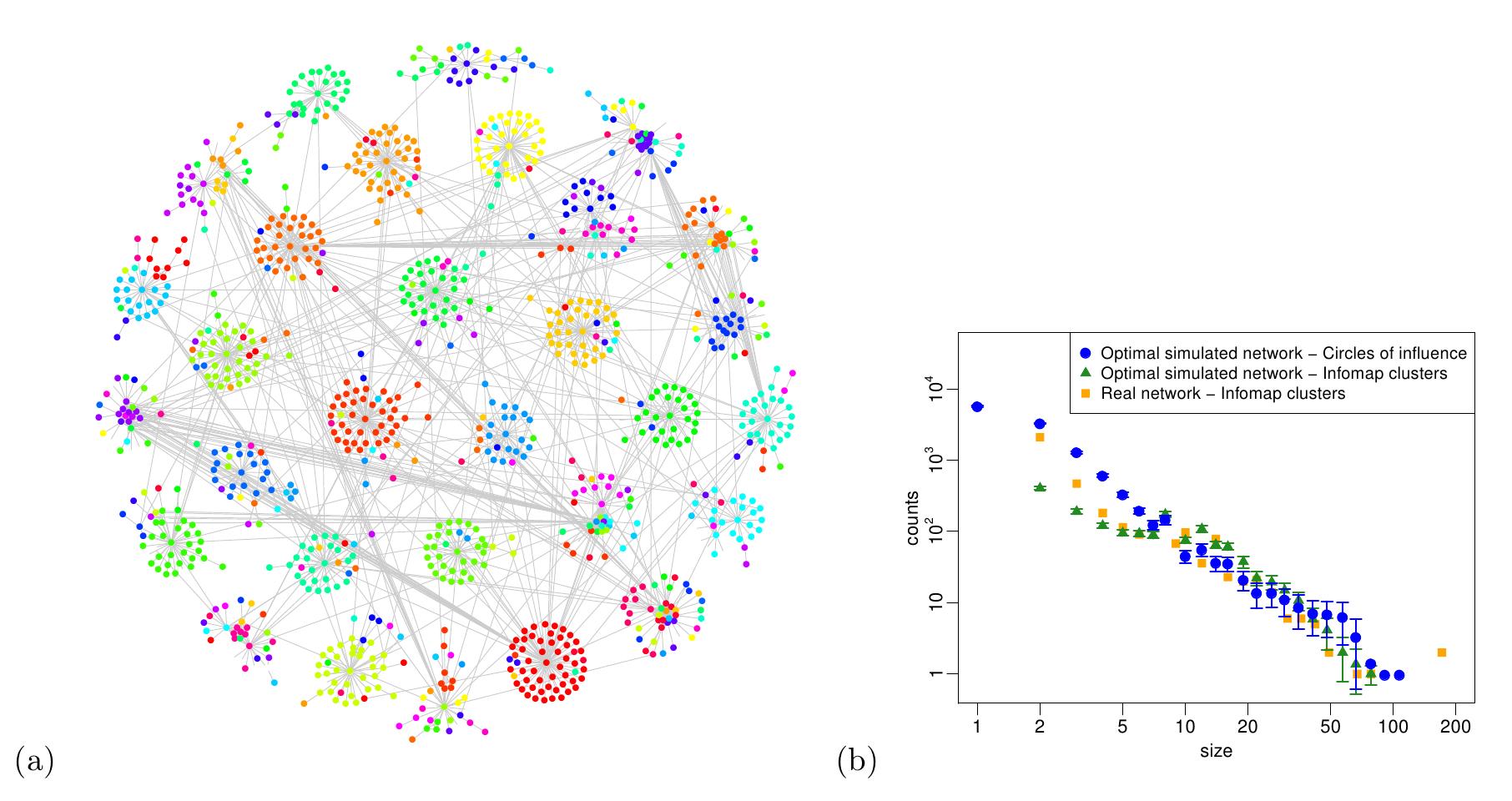The Role of Endogenous and Exogenous Mechanisms in the Formation of R&D Networks
Mario Vincenzo Tomasello, Nicola Perra, Claudio Juan Tessone, M'arton Karsai and Frank Schweitzer
Scientific Reports (2014)
Research: R&D Collaborations
Abstract
We develop an agent-based model of strategic link formation in Research and Development (R&D) networks. Empirical evidence has shown that the growth of these networks is driven by mechanisms which are both endogenous to the system (that is, depending on existing alliances patterns) and exogenous (that is, driven by an exploratory search for newcomer firms). Extant research to date has not investigated both mechanisms simultaneously in a comparative manner. To overcome this limitation, we develop a general modeling framework to shed light on the relative importance of these two mechanisms. We test our model against a comprehensive dataset, listing cross-country and cross-sectoral R&D alliances from 1984 to 2009. Our results show that by fitting only three macroscopic properties of the network topology, this framework is able to reproduce a number of micro-level measures, including the distributions of degree, local clustering, path length and component size, and the emergence of network clusters. Furthermore, by estimating the link probabilities towards newcomers and established firms from the data, we find that endogenous mechanisms are predominant over the exogenous ones in the network formation, thus quantifying the importance of existing structures in selecting partner firms.

